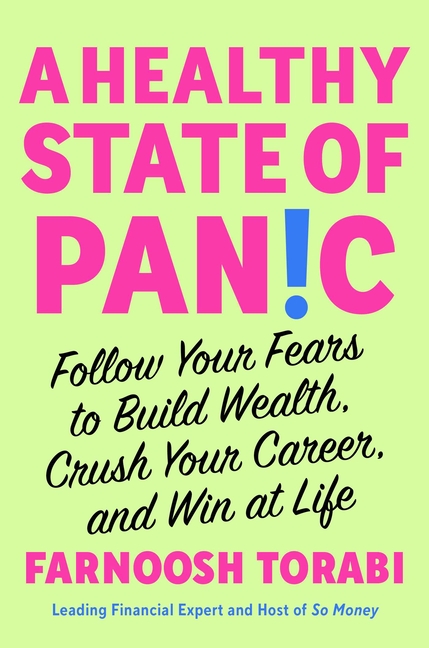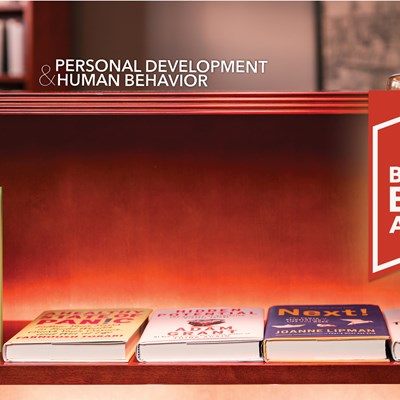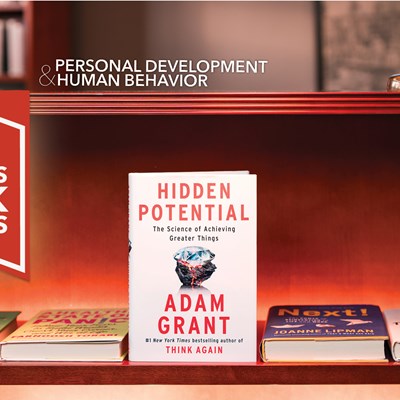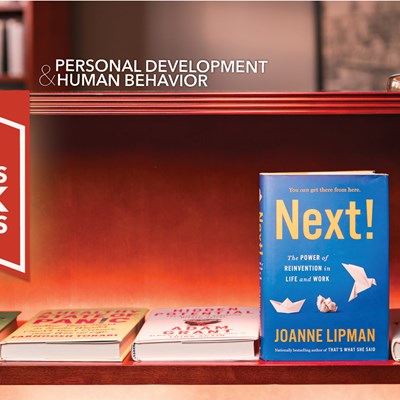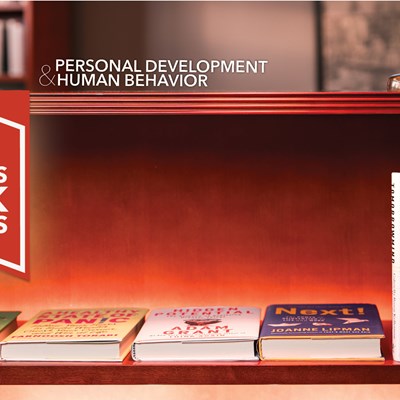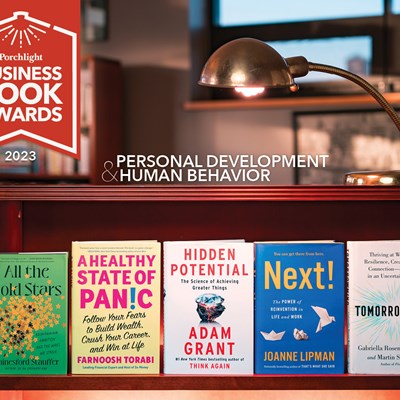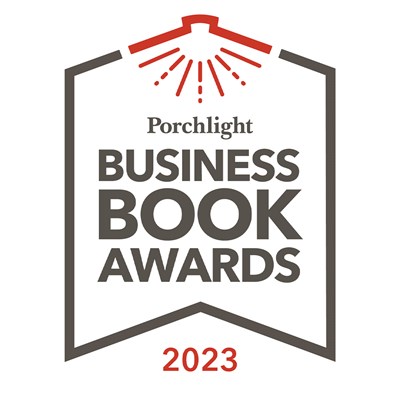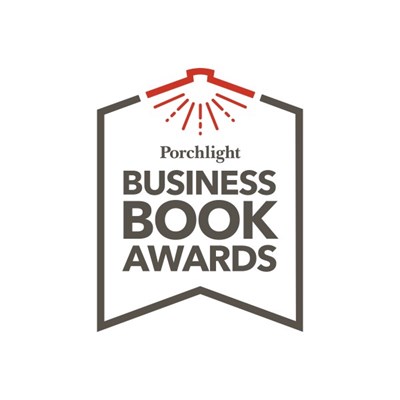A Healthy State of Panic | An Excerpt from the Personal Development & Human Behavior Category
January 04, 2024
From the creator of the popular finance podcast So Money, this accessible and clever guide to leaning into your fear to maximize your financial success and beyond “is a game-changer” (Kelly Ripa), perfect for fans of Buy Yourself the F*cking Lilies and You Are a Badass at Making Money.
As Porchlight's Creative Director Gabbi Cisneros writes:
One of the recurring themes in this year's Personal Development & Human Behavior submissions was how to be happy: with yourself, with your job, with your life. And where there is the desire for happiness, there is often also fear holding us back from happiness. For that reason, a book dedicated to connecting with and understanding our fears is a staple in our personal and financial journeys.
A Healthy State of Panic helps us recalibrate our understanding of and relationship to fear. The excerpt below comes from the book's Introduction.
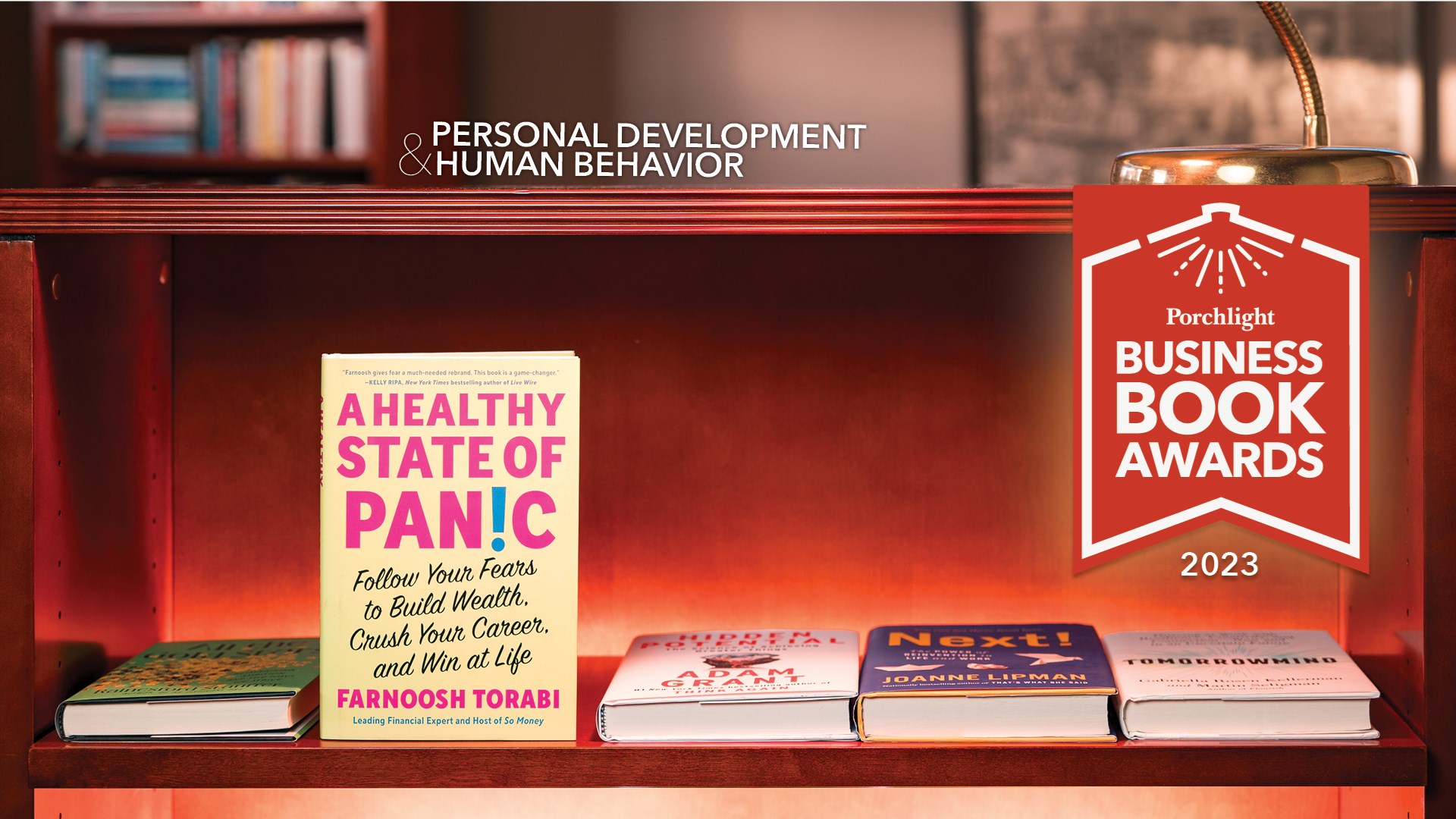
For generations, fear has been the victim of some unfortunate PR. At least as far back as President Franklin D. Roosevelt’s famous inauguration speech during the Great Depression, where he told financially desperate Americans that “the only thing we have to fear is fear itself,”1 our culture has ventured an aggressive campaign to belittle and undermine our fears. We’re told it’s a barrier to living our best life. If you let fear drive your decisions, brace yourself. You’re headed for dead ends, collisions, and hellish embarrassments.
Search for a book with the word “fearless” in the title and tens of thousands of results will pop up, featuring war heroes, millionaire entrepreneurs with six-pack abs, and persistent romantics. All this seems to be saying, Fight your fears and you, too, can get rich, achieve your career dreams, live healthy, free, and happy.
Scientists have even invested time and dollars in seeking a “cure” or “conversion” for what they believe is a treacherous emotion. A study out of the University of South Australia concluded that smiling more can actually trick the brain into reducing fear.2 I tried this, forcing a wide grin during a recent mammogram to see if it would calm my jitters while in the waiting room. It didn’t. Because the threat of cancer is beyond terrifying. My elated face only made the patients around me wonder, What’s her deal?
Here it is […] I’ve arrived at a far different understanding of fear and how it works: It’s not out to get you. It wants a healthy relationship with you so you can reach your greatest potential with a net at your back.
I’m not saying to let fear boss you around. Fear can absolutely make us feel stuck and insecure. Unchecked, it can trigger irrational and impulsive moves that backfire. But this book is about what it’s like to turn and stare fear in the face, then ask it some questions, and most of all, trust it’s here to help. When you do this, something miraculous happens: your world opens up.
American primatologist Dian Fossey, known for her groundbreaking research on apes, moved around with herds of chimpanzees for years, noting how fear and anxiety were integral to their protection and survival. In each tribe, she inevitably discovered a small subset of more concerned chimps that tended to stay on the outskirts of the settlement. They insisted on lying awake to survey the land for predators. As an experiment, Fossey removed the anxious chimps from their tribe. Several months later, their community was obliterated. What had seemed at first like an excess of fear was actually an essential shield that kept the settlement safe and thriving.
Modern science reinforces the merits of siding with fear. A 2023 study led by academics in the fields of brain science and psychology found that those who viewed emotions like fear, anger, and sadness as bad or wrong were unhappier than people with a positive or even just neutral relationship to these “negative” feelings.3
So what would happen if we, too, chose to view fear as a friend and leveraged it with purpose and precision to triumph and get good at life? Thanks to living in our complex and divisive world, we’ve certainly got the talent. If we were to go by Malcolm Gladwell’s ten-thousand-hour rule, which says that dedicating that much time to a field equates to mastery, we are all bona fide fear experts.4 (Go ahead—add it to your LinkedIn profile.)
From the shock waves of recessions, gun violence, pandemics, and climate disasters to everyday aggressions like getting dumped or discriminated against, we cannot avoid the adrenaline. The twenty-four-hour news cycle profits from fear-driven headlines, while corporations benefit from alarming marketing that lures us to buy their crap. And social media does little to help. A whole system is stirring up the scaries.
Dr. Ellen Vora, a psychologist and author of The Anatomy of Anxiety, who first taught me about Dian Fossey and those protective apes, puts it bluntly when she describes us as “a generation afraid.” Anxiety, she writes, “is the tone of modern western culture.”5
But rather than deny anxiety, or its very close relative fear, why not choose to work with it? I’m here to (finally!) validate your fears, instead of urging you to combat them. When fear arrives, it’s exciting. It has key insights to share about you, your goals, and what you hold dear. In these pages you will find out how when you process and learn from fear, it can bring you safety, satisfaction, and all kinds of success. This is an opportunity you can’t afford to miss.
As Dr. Vora continues in her book, “Sometimes anxiety is your body’s way of telling you, ‘Please look at this …’ When you listen closely, this anxiety can point you in the direction of actions you need to take as well as the unique contributions you are here to make.”6
I admire how Olympic extreme skier Eileen Gu calls herself a “hopeless romantic” when it comes to fear. Gu is the first action sports athlete to take home three medals (two of them gold) at the Winter Olympics, and she has written extensively about the vitality of fear in her life.
“For the last 10 of my 18 years, I’ve pursued a tumultuous love affair with fear,” she says in an excerpt from her personal journal published in the New York Times.7 “Instead of ignoring fear, we build unique relationships with it by developing a profound sense of self-awareness and making deliberate risk assessments.”
Excerpted from A Healthy State of Panic: Follow Your Fears to Build Wealth, Crush Your Career, and Win at Life by Farnoosh Torabi.
Reprinted by permission of Atria Books, an imprint of Simon & Schuster, Inc.
Copyright © 2023 by Farnoosh Torabi.
All rights reserved.
Notes
1 Franklin Delano Roosevelt, “Inaugural Address,” March 4, 1933, Washington, D.C..
2 University of South Australia, “When You’re Smiling, the Whole World Really Does Smile with You,” ScienceDaily, August 13, 2020.
3 E. C. Willroth et al., “Judging Emotions as Good or Bad: Individual Differences and Associations with Psychological Health,” Emotion (2023).
4 Malcolm Gladwell, Outliers: The Story of Success (New York: Little, Brown and Company, 2008), 35.
5 Ellen Vora, “Anxiety Is the Tone of Modern Western Culture,” October 27, 2020.
6 Ellen Vora, The Anatomy of Anxiety: Understanding and Overcoming the Body’s Fear Response (New York: Harper Wave, 2022), 35.
7. Eileen Gu, “I Admit It. I’m in Love with Fear,” New York Times, 2022.


